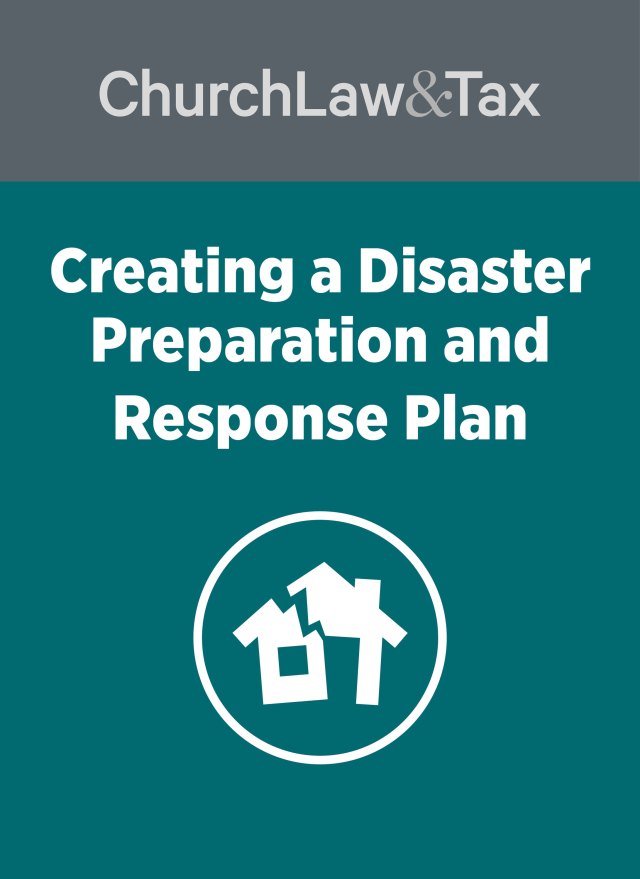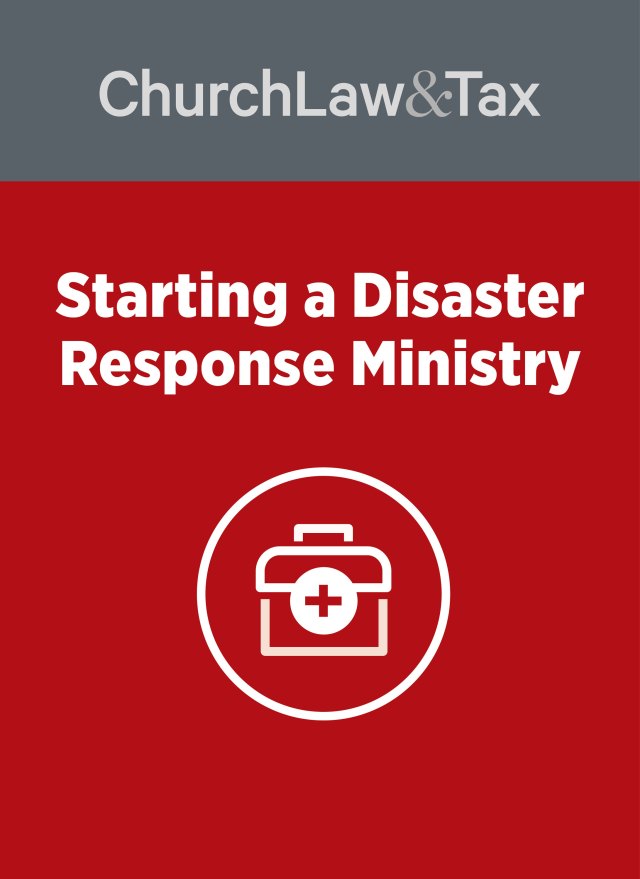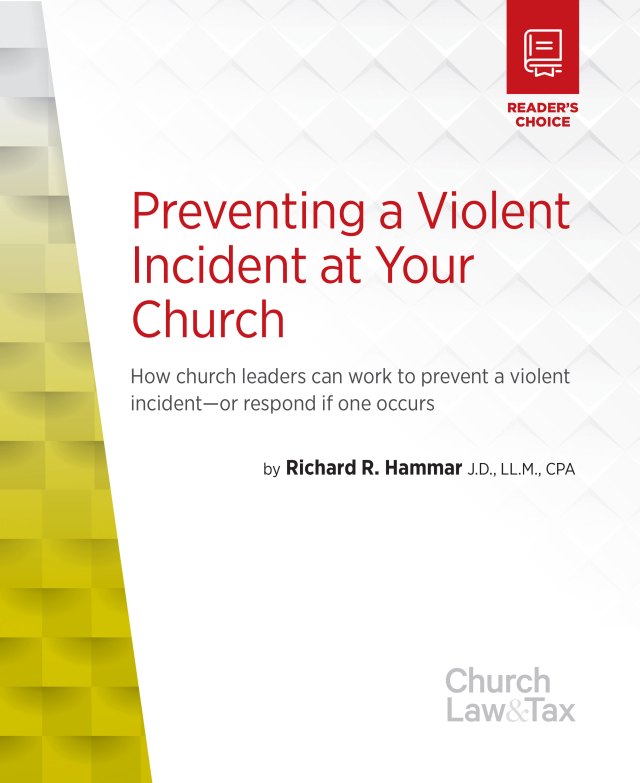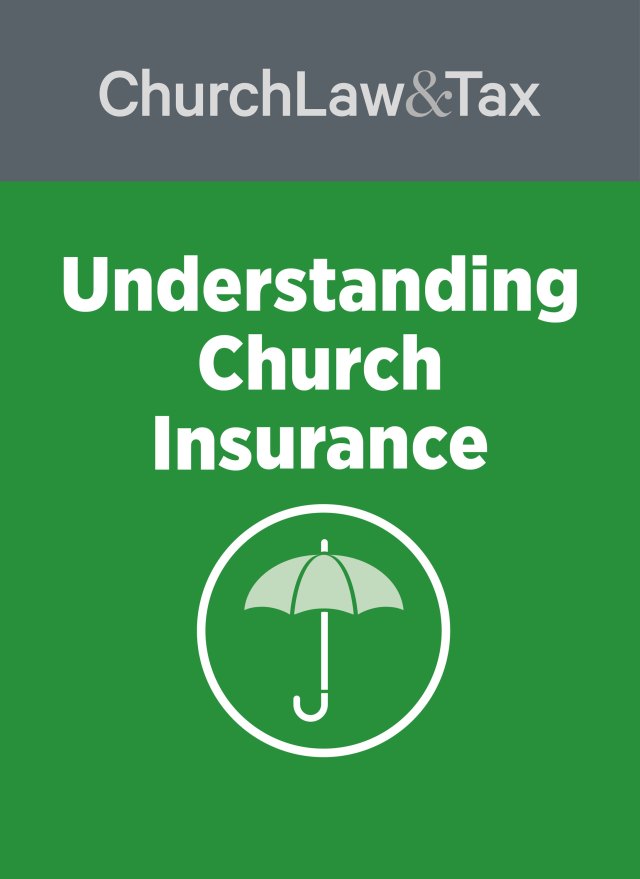What would happen to your ministry if one of your key church leaders dies? Or who would be prepared to step in if one of the pastoral staff gets into a serious car accident and becomes disabled? Are you ready to deal with these occurrences?
Emergency preparation is geared toward anticipating issues that could occur and having plans and people in place to respond to them. The goal is to be able to adequately respond to a situation that does occur, despite carrying out your best prevention practices. There are three areas that a church should concern itself with when thinking about emergencies.
Internal Emergencies. These are threats that specifically affect your church or church members directly. These include accidents, medical emergencies, fires, thefts, arrests, deaths, or natural perils. Upon having an internal emergency, an immediate, planned response gives the best opportunity to be a part of the solution instead of adding to the problem.
Local or Regional Emergencies. These are dangers that occur in your church’s local surroundings, though the church may not be directly impacted. These emergencies include floods, chemical spills, tornados, or anything involving mass injuries or deaths. As a caring congregation, you will want to respond effectively.
National Emergencies. These events may impact thousands. Examples include hurricanes, earthquakes, wildfires, and events like September 11, 2001. You may choose to offer aid, but you will want to do this safely, and without overexposing your ministry to liabilities.
You may go years without being involved in tragedies or incidents that affect your congregation. But churches that have emergency plans in place have a much better chance of minimizing damages—and they are faster to recover when danger strikes.




